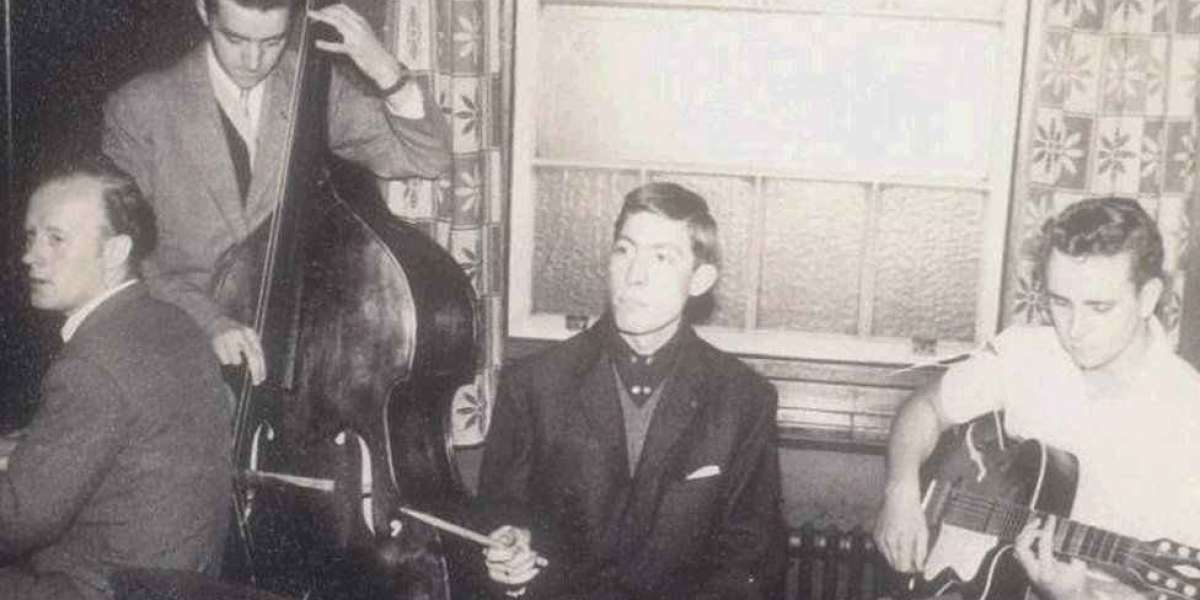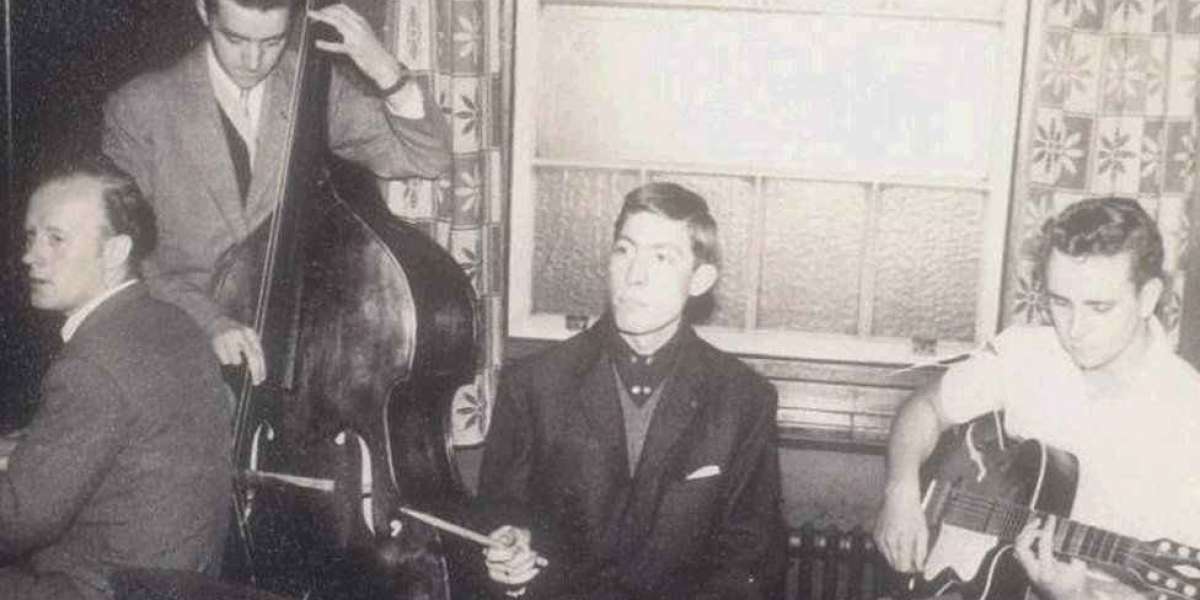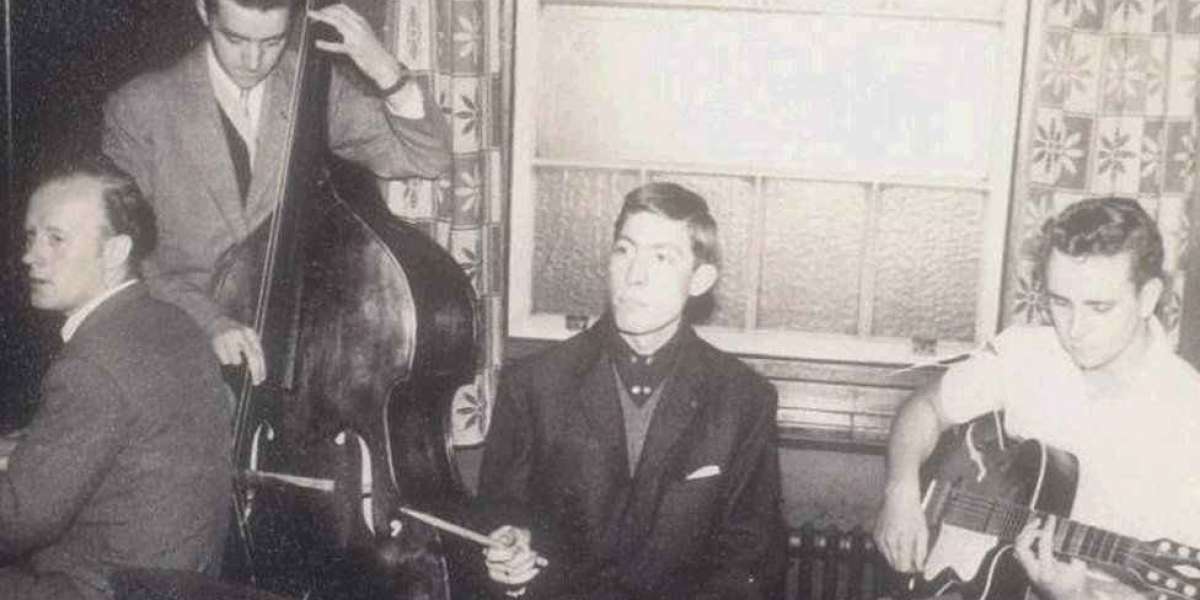In 1967, the league faced a new external threat with the formation of the American Basketball Association (ABA). The leagues engaged in a bidding war. The NBA landed the most important college star of the era, Kareem Abdul-Jabbar (then known as Lew Alcindor). However, the NBA's leading scorer, Rick Barry, jumped to the ABA, as did four veteran referees—Norm Drucker, Earl Strom, John Vanak, and Joe Gushue.[18]
In 1969, Alan Siegel, who oversaw the design of Jerry Dior's Major League Baseball logo a year prior, created the modern NBA logo inspired by the MLB's. It incorporates the silhouette of Jerry West, based on a photo by Wen Roberts. The NBA would not confirm that a particular player was used because, according to Siegel, "They want to institutionalize it rather than individualize it. It's become such a ubiquitous, classic symbol and focal point of their identity and their licensing program that they don't necessarily want to identify it with one player." The iconic logo debuted in 1971 (with a small change to the typeface on the NBA wordmark in 2017) and would remain a fixture of the NBA brand.[19][20]
The ABA succeeded in signing a number of major stars in the 1970s, including Julius Erving of the Virginia Squires, in part because it allowed teams to sign college undergraduates. The NBA expanded rapidly during this period. From 1966 to 1974, the NBA grew from nine franchises to 18. In 1970, the Portland Trail Blazers, Cleveland Cavaliers, and Buffalo Braves (now the Los Angeles Clippers) all made their debuts expanding the league to 17.[21] The New Orleans Jazz (now in Utah) came aboard in 1974 bringing the total to 18. Following the 1976 season, the leagues reached a settlement that provided for the addition of four ABA franchises to the NBA, raising the number of franchises in the league at that time to 22. The franchises added were the San Antonio Spurs, Denver Nuggets, Indiana Pacers, and New York Nets (now the Brooklyn Nets). Some of the biggest stars of this era were Abdul-Jabbar, Barry, Dave Cowens, Erving, Elvin Hayes, Walt Frazier, Moses Malone, Artis Gilmore, George Gervin, Dan Issel, and Pete Maravich. The end of the decade, however, saw declining TV ratings, low attendance and drug-relate | #hbgvd c


@1629474993701183_71282
The new league had seventeen franchises located in a mix of large and small cities,[11] as well as large arenas and smaller gymnasiums and armories. In 1950, the NBA consolidated to eleven franchises, a process that continued until 1953–54, when the league reached its smallest size of eight franchises: the New York Knicks, Boston Celtics, Philadelphia Warriors, Minneapolis Lakers, Rochester Royals, Fort Wayne Pistons, Tri-Cities Blackhawks, and Syracuse Nationals, all of which remain in the league today. The process of contraction saw the league's smaller-city franchises move to larger cities. The Hawks shifted from the Tri-Cities to Milwaukee in 1951, and then to St. Louis in 1955. The Rochester Royals moved from Rochester, New York, to Cincinnati in 1957 and the Pistons moved from Fort Wayne, Indiana, to Detroit in 1957.
Japanese-American Wataru Misaka broke the NBA color barrier in the 1947–48 season when he played for the New York Knicks. He remained the only non-white player in league history prior to the first African-American, Harold Hunter, signing with the Washington Capitols in 1950.[12][13] Hunter was cut from the team during training camp,[12][14] but several African-American players did play in the league later that year, including Chuck Cooper with the Celtics, Nathaniel "Sweetwater" Clifton with the Knicks, and Earl Lloyd with the Washington Capitols. During this period, the Minneapolis Lakers, led by center George Mikan, won five NBA Championships and established themselves as the league's first dynasty.[15] To encourage shooting and discourage stalling, the league introduced the 24-second shot clock in 1954.[16] If a | #3rfgbh
The Basketball Association of America was founded in 1946 by owners of the major ice hockey arenas in the Northeastern and Midwestern United States and Canada. On November 1, 1946, in Toronto, Ontario, Canada, the Toronto Huskies hosted the New York Knickerbockers at Maple Leaf Gardens, in a game the NBA now refers to as the first game played in NBA history.[9] The first basket was made by Ossie Schectman of the Knickerbockers. Although there had been earlier attempts at professional basketball leagues, including the American Basketball League and the NBL, the BAA was the first league to attempt to play primarily in large arenas in major cities. During its early years, the quality of play in the BAA was not significantly better than in competing leagues or among leading independent clubs such as the Harlem Globetrotters. For instance, the 1948 ABL finalist Baltimore Bullets moved to the BAA and won that league's 1948 title, and the 1948 NBL champion Minneapolis Lakers won the 1949 BAA title. Prior to the 1948–49 season, however, NBL teams from Fort Wayne, Indianapolis, Minneapolis, and Rochester jumped to the BAA, which established the BAA as the league of choice for collegians looking to turn professional.[10]
On August 3, 1949, the remaining NBL teams–Syracuse, Anderson, Tri-Cities, Sheboygan, Denver, and Waterloo–merged into the BAA. In deference to the merger and to avoid possible legal complications, the league name was changed to the present National Basketball Association, even though the merged league retained the BAA's governing body, including Maurice Podoloff as president.[10] To this day, the NBA claims the BAA's history as its own. It now reckons the arrival of the NBL teams as an expansion, not a merger, and does not recognize NBL records and statistics. | #24345rgvfd
In NCAA women's play (as of 2015–16, when the game changed from 20-minute halves to 10-minute quarters):
If the player's team has 4 or fewer team fouls in the quarter, the team fouled gets possession of the ball.
If the team has 5 or more fouls in the quarter, the player fouled gets two free throws—the "one-and-one" has now been removed from the women's game.
All overtime periods are considered an extension of the fourth quarter for purposes of accumulated fouls.
In the NBA and WNBA:
If the player's team has 4 or fewer team fouls in the quarter, the team fouled gets possession of the ball.
Starting with the team's fifth foul in the quarter, the player fouled gets two free throws.
Overtime is not considered an extension of any quarter. Instead, the "penalty" of two free throws is triggered on the team's fourth foul in that overtime period (instead of the fifth). | #wsedfcv
Foul limits are reset in the last two minutes of a quarter or overtime period. If a team has not reached its limit of accumulated fouls, the first team foul in the last two minutes results in possession by the team fouled, and all subsequent fouls result in two free throws.
In FIBA (full-court) play:
If the player's team has 4 or fewer team fouls in the quarter, the team fouled gets possession of the ball.
Starting with the team's fifth foul in the quarter, the player fouled gets two free throws.
During an interval of play, all team members entitled to play are considered as players.
The ball becomes dead when an official blows his whistle while the ball is live.
All overtime periods are considered an extension of the fourth quarter for purposes of accumulated fouls.
In FIBA 3x3 (half-court) play:
A player who is fouled on an unsuccessful field goal attempt receives one free throw if the attempt was from inside the "three-point" arc, and two free throws if the attempt was from outside the arc. This reflects the different scoring of that variation, in which baskets from inside the arc are worth 1 point and those from outside the arc are worth 2 points. | #wescfgv
student
Install Palscity app
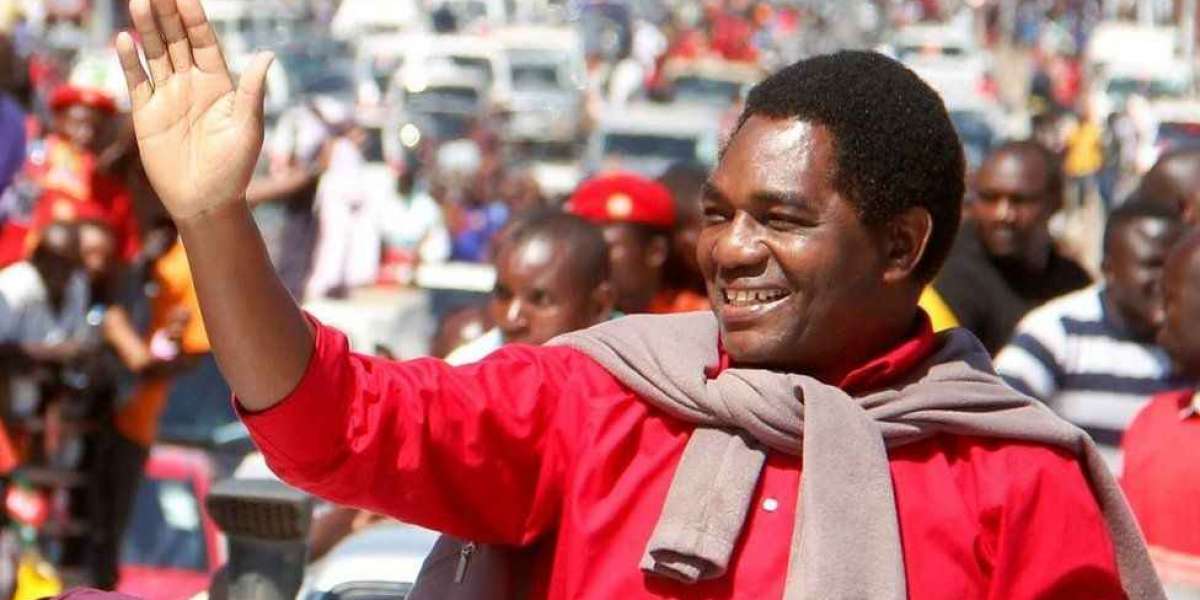


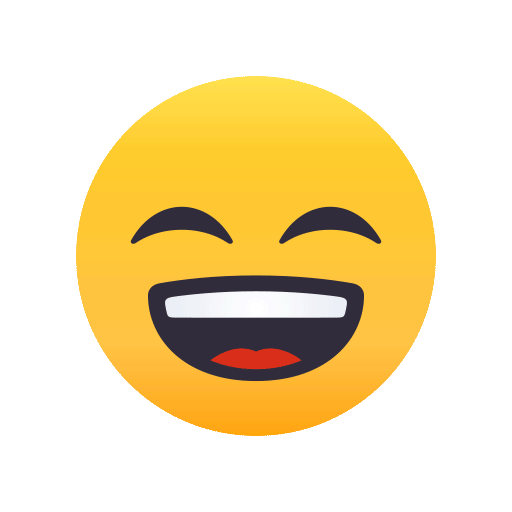

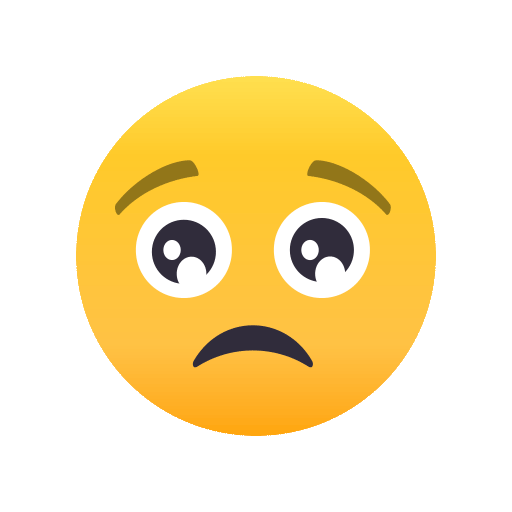
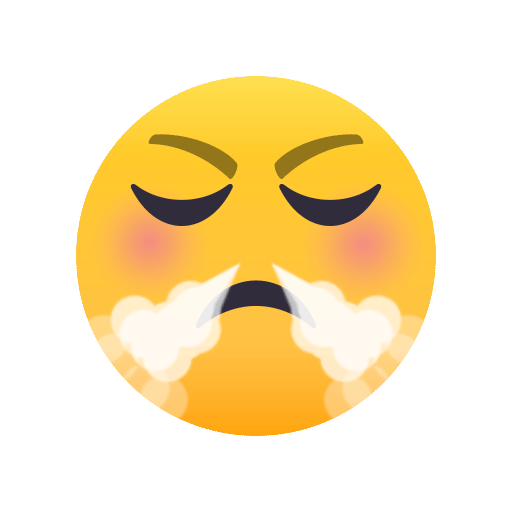
![The new league had seventeen franchises located in a mix of large and small cities,[11] as well as large arenas and smal](https://boaz.eu-central-1.linodeobjects.com/upload/photos/2021/08/a6jG4KOGjNPx8Xlrfgyo_26_5a343e197fa9f7ce63a19e1b44102de1_image.jpg)
